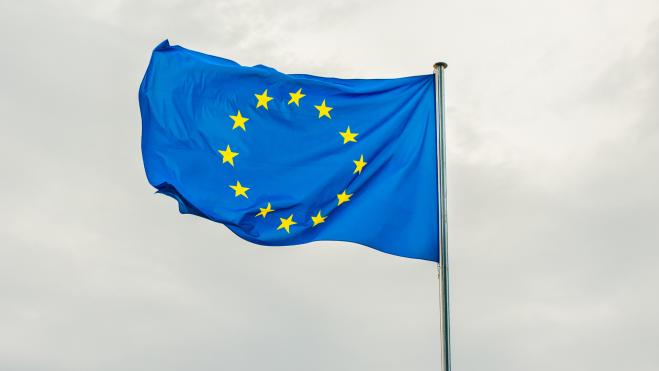The European Union strikes again against microplastics. The European Parliament and the European Council reached an agreement on 29 January to establish new directives for more efficient waste water treatment and greater superivision of waste water.
As pointed out in a press release issued by the European Parliament, pharmaceutical and cosmetic waste are currently the main sources of micropollutants in urban wastewater requiring treatment.
European authorities want cosmetics manufacturers who continue to use microplastics in their products to cover 80% of the costs necessary to deal with microplastic pollution. The remaining 20% will have to be paid by the government of each country.
The new regulation is still under consideration by the EU and has not yet been formalised, but it is part of the EU's overall sustainability objective and the overarching goal of reducing the number of microplastics that end up in the sea.
From the European Union, they point out that the main solution will be innovation, which they explain is a key factor for the transformation of the entire plastics value chain due to its high capacity to provide new solutions and amplify the benefits. In addition, the European Parliament wants to highlight the role of the vast majority of the cosmetics sector in making changes and adopting voluntary measures in a preventive manner.
This point is included in the framework of the Sustainable Goals included in the 2030 Agenda. As explained by Verónica Garcia, Senior Consultant at Bspoke, in 2015, the cosmetics industry in the European Union made a voluntary commitment to eliminate plastic microparticles or microspheres, with the aim of eradicating the use of microbeads. Garcia specified that the cosmetics sector managed to eliminate more than 97% of the microplastics used in 2017.cosmetics that continue to use microplastics in their products, cover 80% of the costs necessary to address the pollution caused by microplastics. The remaining 20% will have to be paid by the government of each country.
The new regulation is still under consideration by the European Union and has not yet been formalised, but it is part of the EU's overall sustainability objective and the main goal of reducing the number of microplastics that end up in the environment.
Last September, the EU already banned products with microplastics intentionally added to them, and in October it banned their marketing in an attempt to prevent the generation of up to half a million tonnes of microplastics.
